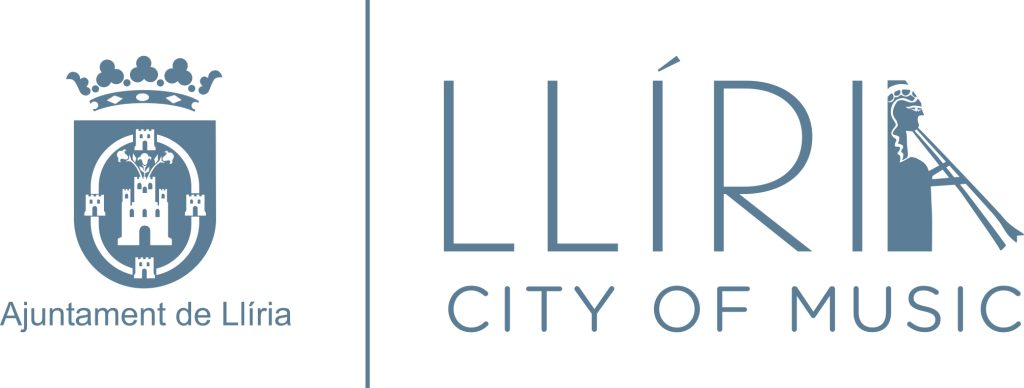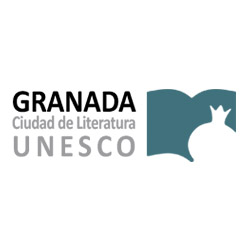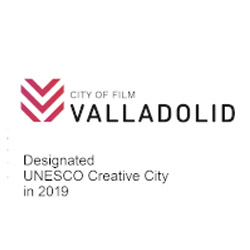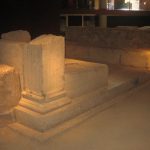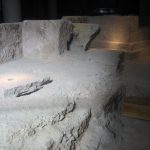Creative Cities in Spain
Spain has nine different creative cities in a wide range of cultural fields: music, film, literature, gastronomy and design are part of an expanding and collaborative network.
Llíria City of Music
Llíria made its debut last February in style as an international music capital. The debut took place at the Burgos Evolution Forum, at the 2nd National Meeting of UNESCO Creative Cities, in the face of great media expectation and a warm welcome from all the institutions present.
The UNESCO Creative Cities Network was created in 2004 to promote cooperation between cities that identify creativity as a strategic factor in sustainable urban development. The 246 cities that currently form the Network are working together towards a common goal: to position creativity and cultural industries at the heart of their local development plan and to actively cooperate at international level in this field.
Creative cities of Spain
Other Creative Cities that were present were Bilbao, as Creative City of Design, Barcelona and Granada, as Creative Cities of Literature, Seville and Llíria, as Creative Cities of Music, Terrassa and Valladolid, as Creative Cities of Film and Dénia which, together with Burgos, is Creative City of Gastronomy.
The cities of Kansas City and Panama that are part of the UNESCO network in the international group for the disciplines of Music and Gastronomy, respectively, were invited to the event.
